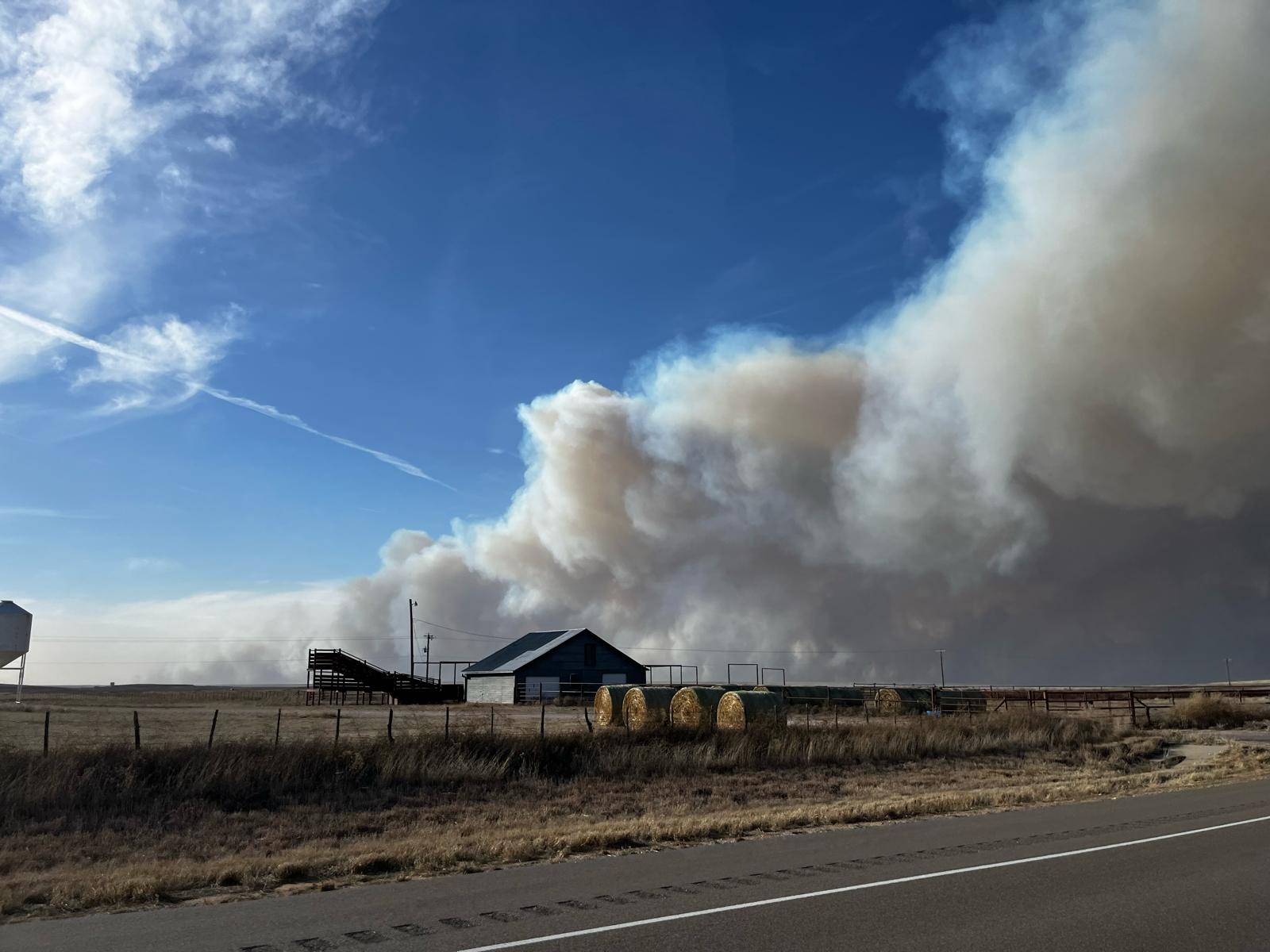 Today’s blog topic has changed, given the sad circumstances of everyone affected by the wildfires in our region. We will discuss some USDA programs available to help during these challenging times. Our thoughts are with everyone affected by these fires, causing unmeasurable losses for many.
Today’s blog topic has changed, given the sad circumstances of everyone affected by the wildfires in our region. We will discuss some USDA programs available to help during these challenging times. Our thoughts are with everyone affected by these fires, causing unmeasurable losses for many.
USDA Programs to Support Ranchers Affected by Wildfires
This week, many places in Texas have been hit by wildfires that have taken a toll on ranchers and farmers, causing unmeasurable losses for many. In these challenging moments, affected ranchers need to know which resources are there. The United States Department of Agriculture (USDA) has some programs to support ranchers facing livestock losses due to wildfires and other extreme weather conditions. Here is a description of a few of these available programs that will help support livestock losses, forage feed losses, and transportation costs.
Livestock Indemnity Program Review
The LIP program is open to those who own animals before the wildfire causes losses to occur. You can qualify for this program if you’ve experienced a higher-than-normal death loss rate due to these wildfires. It’s essential to note that the program is specifically for livestock raised for commercial purposes and doesn’t extend to animals kept for recreational use. The scope of LIP is quite broad, covering a range of livestock, including cattle, poultry, swine, ovine, and other animal categories.
How Payments Are Calculated
Understanding how the program calculates payments is crucial. The payment is calculated by multiplying the number of animals lost by the national payment rate and the owner’s share of the livestock. Similarly, suppose your livestock gets injured due to eligible conditions, and you must sell them at a lower price. In that case, the payment is calculated by multiplying the number of injured livestock by the difference between the national payment rate and the actual selling price. Producers must provide evidence of the cause and losses that occurred. Good advice is to keep track of all documents that will help you prove the effect of the event, death losses, or the lower prices.
The USDA determines the national payment rate by taking 75% of the average fair market value of the livestock. This rate is then applied to calculate your payment (Table 1).
Table 1. 2023 LIP Payments Rates for Eligible Livestock Owners
Real-life Payment Examples
Let’s look at examples to understand how payments work using USDA November 2023 payment rates. Suppose you own ten beef cows that unfortunately died in a wildfire event. The total amount you would receive in this case would be $11,632.30.
Payment = 10 cows * $1,163.23/cow = $11,632.30
Now, let’s say those ten cows were injured during a wildfire, and you had to sell them at a reduced price of $700 each. In this scenario, your total payment would be $4,632.30.
Payment = 10 cows * ($1,163.23/cow – $700/cow) = 10 cows * $463.23/cow = $4,632.30
Applying for LIP
You’ll need to contact your local Farm Service Agency (FSA) office, where you can file a notice of loss within 30 days of the incident becoming apparent. To secure your payment, submit your application within 60 days of the calendar year’s end. Remember to document all your losses as accurately as possible. Pictures and all your evidence will help you get the support you need.
Livestock Forage Disaster Program
We usually associate the LFP program with support losses due to drought. However, the LFP also provides payments to livestock owners due to wildfires.
In this case, the payment differs from how we usually calculate LFP because of a drought. The payment will begin the first day the livestock cannot use those acres that were burned, and it will end after 180 days or the earlier of the last day of the federal lease (for those with a federal lease). The payment rate is also different; the estimated payment rate is 50 percent of the monthly feed cost for the days we can’t go back to graze that pasture or after 180 days from the fire.
Table 2. 2023 Estimated Payment Rates for Common Livestock Species
Emergency Assistance for Livestock, Honeybees, and Farm-Raised Fish Program (ELAP)
ELAP provides financial assistance to eligible livestock producers due to diseases, certain adverse weather events, or loss conditions, including wildfires. ELAP helps with livestock feed and grazing losses resulting from the cost of transporting water and feed to livestock due to the wildfire.
To be eligible for ELAP assistance, livestock must be intended for grazing, and producers must have incurred feed transportation costs during 2024. Although producers will self-certify losses and expenses to FSA, producers are encouraged to maintain good records and retain receipts and related documentation if these documents are requested for review by the local FSA County Committee.
Conclusion
Many other programs apply to your situation that you should check with your FSA office, such as the Emergency Haying and Grazing of Conservation Reserve Program and Emergency Conservation Program to restore conservation practices like fencing and farm loans. Check the following link for more information on the USDA website: https://www.farmers.gov/protection-recovery/wildfire.
In the face of adversity caused by wildfires and extreme weather events, the USDA has many programs to help producers go through these rough times, help you mitigate some losses, and get back on their feet. Please get in touch with your local FSA office to learn more about these programs, what information you should provide them, and any other one that will help you. Remember to document all your losses as accurately as possible. Pictures and all your evidence will help you get the support you need.